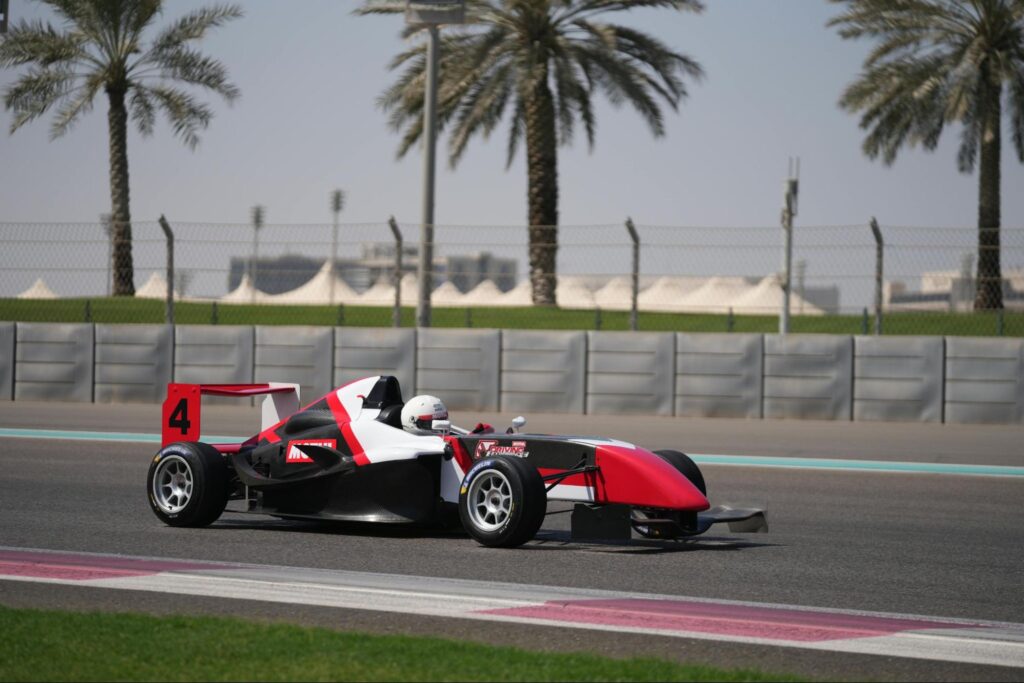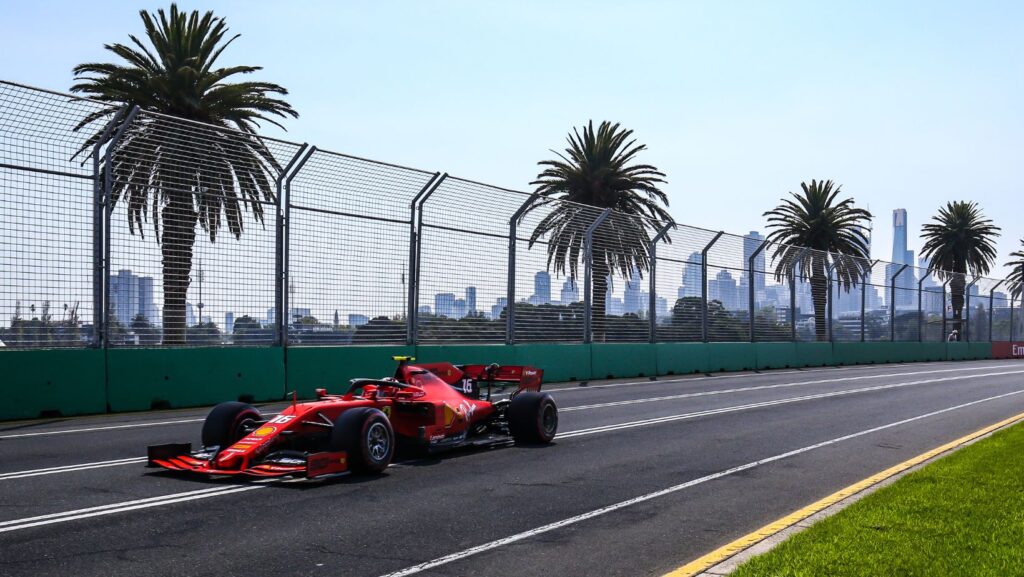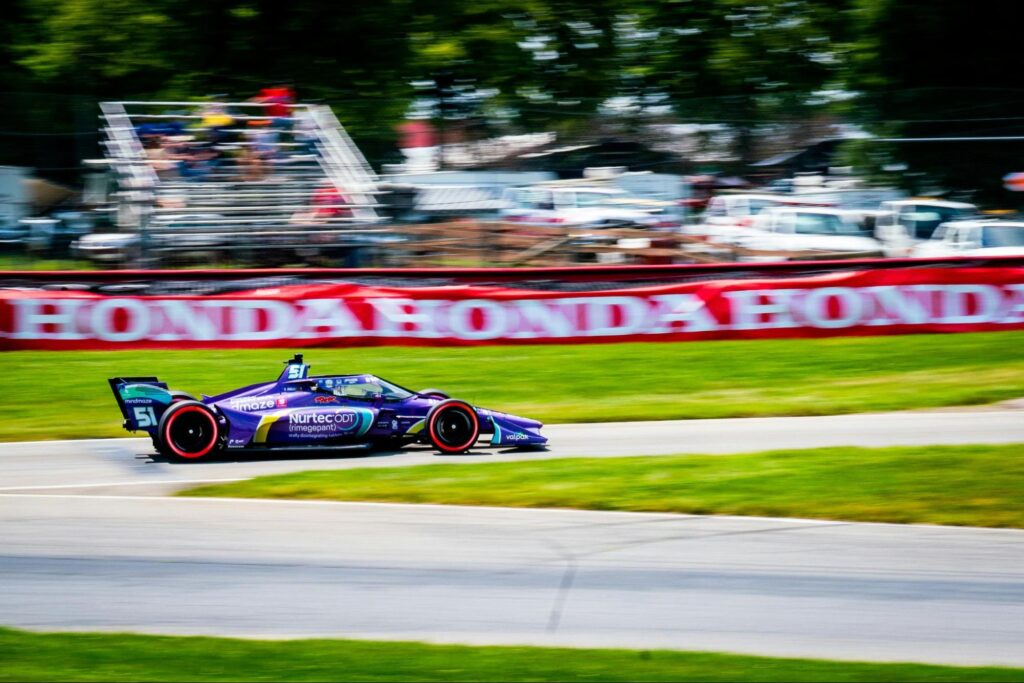Innovation, Records & Safety Measures: Formula 1 Top Speed
Formula 1 Top Speed
Formula 1 racing showcases extraordinary feats of speed, where drivers and teams constantly push boundaries to achieve remarkable velocities. The pinnacle of this pursuit is reaching top speeds that leave spectators in awe. These high speeds are a crucial component of Formula 1, captivating a global audience with the sheer intensity and excitement they bring to the sport, fueled by innovative ideas that continually enhance performance and safety on the track.
In Formula 1, cars can reach astonishing top speeds of over 230 mph (370 km/h) on certain tracks. The relentless quest for speed reflects the innovation and precision that drivers, engineers, and teams dedicate to optimizing performance. These high velocities are not just about raw power but also about harnessing cutting-edge technology and aerodynamic designs to maximize acceleration and top-end speed.
Witnessing Formula 1 cars zoom past at incredible speeds is a thrilling experience that keeps fans on the edge of their seats. The combination of power, agility, and aerodynamics enables these racing machines to achieve mind-blowing accelerations and reach top speeds that defy the imagination. Each race is a display of skill and engineering excellence as drivers navigate complex circuits at breakneck speeds, showcasing the pinnacle of automotive performance.

Records for Formula 1 Top Speed
Formula 1 has a rich history of pushing the boundaries of speed, with drivers achieving remarkable velocities on the racetrack. Over the years, several notable records for top speed have been set, showcasing the relentless pursuit of performance and innovation in the world of motorsport.
- Fastest Ever Formula 1 Car: The record for the fastest Formula 1 car in terms of top speed was set by Juan Pablo Montoya in 2005. Driving for McLaren, Montoya clocked an astounding speed of 231.523 mph (372.6 km/h) during a practice session for the Italian Grand Prix at Monza. This remains one of the highest speeds ever recorded in Formula 1 history.
- Top Speed Achievements Across Tracks: Various tracks on the Formula 1 calendar have witnessed impressive top speeds over the years. For instance, the Circuit de Spa-Francorchamps in Belgium is known for its long straights and elevation changes, leading to drivers reaching speeds in excess of 220 mph (354 km/h) during races.
- Speed Evolution: With advancements in technology, Formula 1 cars have continued to get faster year after year. From the introduction of turbocharged engines to the development of intricate aerodynamic components, every aspect of the car is optimized to enhance speed and performance on the track.
- Current Speed Records: While top speeds are influenced by various factors such as track layout, weather conditions, and regulations, modern Formula 1 cars are capable of exceeding 230 mph (370 km/h) in ideal conditions. Teams constantly strive to improve aerodynamics, engine efficiency, and overall performance to set new speed records.
- Future Speed Prospects: As technology advances and engineering capabilities evolve, the pursuit of even higher speeds in Formula 1 continues. With a focus on maximizing efficiency and harnessing power, teams aim to break existing records and set new benchmarks for top speed in the sport.

Top Speed Comparison with Other Motorsports
Exploring the realm of top speeds in motorsports, Formula 1 stands out as a pinnacle of speed and technology. Formula 1 cars, with their cutting-edge aerodynamics and powerful engines, achieve mind-boggling speeds exceeding 230 mph (370 km/h) on certain tracks, showcasing the relentless pursuit of excellence in speed.
In comparison to other motorsports series, Formula 1 often surpasses the top speeds reached in disciplines like NASCAR, IndyCar, and sports car racing. While each series has its unique characteristics and challenges, Formula 1’s focus on aerodynamic efficiency and engine performance sets it apart in the speed category.
NASCAR, known for its high-speed oval racing, sees top speeds typically around 200 mph (320 km/h) due to the nature of its tracks and car design. On the other hand, IndyCar races, with their mix of oval and road courses, achieve top speeds in the range of 230 mph (370 km/h), aligning closely with Formula 1 speeds on certain tracks.
In sports car racing, top speeds can vary significantly depending on the series and track configuration. Endurance races like the 24 Hours of Le Mans witness speeds approaching 210 mph (338 km/h) on the long straights, where aerodynamic efficiency plays a crucial role in maximizing performance.



